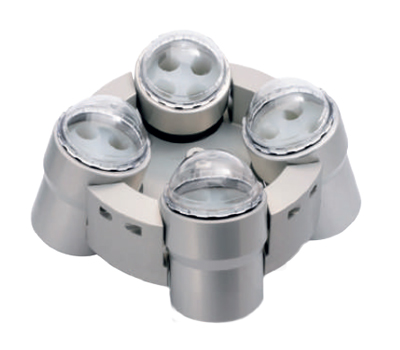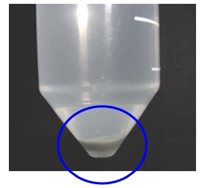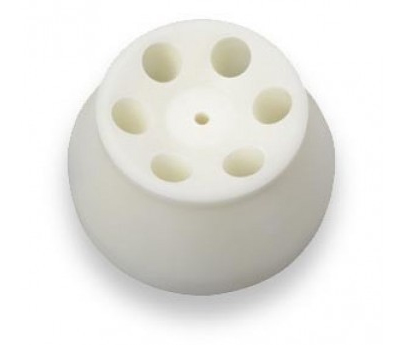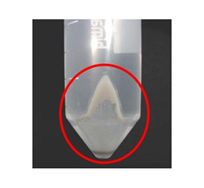Centrifugation is one of the most widely used laboratory techniques for the separation of materials in the fields of biochemistry, molecular biology, medicine, food sciences and industry. It’s all about gravity and mass: particles in a heterogeneous solution will, given enough time, separate based on their size and density. Smaller, less-dense particles may also migrate down, but not always; some particles will never settle, but remain suspended in solution. Centrifuges force this process along much more quickly and efficiently.
When getting enquiries for laboratory centrifuges, we are often asked what the difference is between a swing out rotor and a fixed angle rotor. Both types of rotor serve a purpose and both have advantages and disadvantages over the other. Let’s have a look at what a swing angle rotor and fixed angle rotor is.
Swing Out Rotor

 Swing out rotor (also known as bucket rotor, rotor with variable angle) is the rotor, in which tubes are located in the buckets (tube-holders) and those buckets are not rigidly attached to the rotor with certain angle. Instead buckets are attached to the rotor in a way, that allows them to spin horizontally (angle relative to the axis of rotation - 90 degrees). This rotor is particularly useful when samples are to be resolved in density gradients. The longer path length permits better separation of individual particle types from a mixture. However, this rotor is relatively inefficient for pelleting.
Swing out rotor (also known as bucket rotor, rotor with variable angle) is the rotor, in which tubes are located in the buckets (tube-holders) and those buckets are not rigidly attached to the rotor with certain angle. Instead buckets are attached to the rotor in a way, that allows them to spin horizontally (angle relative to the axis of rotation - 90 degrees). This rotor is particularly useful when samples are to be resolved in density gradients. The longer path length permits better separation of individual particle types from a mixture. However, this rotor is relatively inefficient for pelleting.
Benefits of a swing out bucket rotor
- Greater separation of liquids which contain larger solids (separation of waste slurry or sand sized particles).
Fixed Angle Rotor


Fixed angle rotor – is the rotor, which holds tubes in the exact same fixed angle all the time, usually 45 degrees. When the rotor begins to rotate, the solution in the tubes reorients. This rotor type is most commonly used for pelleting applications. Examples include pelleting bacteria, yeast, and other mammalian cells. It is also useful for isopycnic separations of macromolecules such as nucleic acids.
Recall that more dense materials will separate towards the angle of the centripetal force. Therefore, in swinging-bucket rotors, the pelleted material will form at the bottom of the conical centrifuge tube, while tubes processed in a fixed-angle rotor will form sedimentation on the side. This could be problematic if the solids get caught in the angle of the tube.
All things being equal, the fact that swinging-bucket rotors offer a superior sedimentation location makes them the obvious choice for centrifuging samples; however, fixed-angle rotors offer valuable features that often make them a more desirable choice.
Benefits of a fixed angle rotor
- Due to their simple and efficient tube spacing, fixed-angle rotors can hold a greater quantity of tubes compared to its swinging-bucket counterpart, making it more practical for high-throughput applications.
- As a result of the rigid design of the metal alloy material, fixed rotors can withstand much higher gravitational forces, which is necessary when separating biological macromolecules such as RNA, DNA and protein.
Choosing the right rotor for you
To assist us in choosing the right rotor for you we require the following:
- The tube volume you are using
- The quantity per spin (to help determine which particular fixed angle or swing out rotor you need)
- The ideal spin speed required
Appropriate buckets and the correct adaptors which suit your particular tubes can then be selected for swing out rotors. Sealing lids are also available to seal the tubes inside the bucket. High speed fixed angle rotors are available and are manufactured from aircraft grade alloy to withstand the higher speeds.
To get more information, please visit the centrifuges section of our website at this link: https://www.thermoline.com.au/products/laboratory-e...






